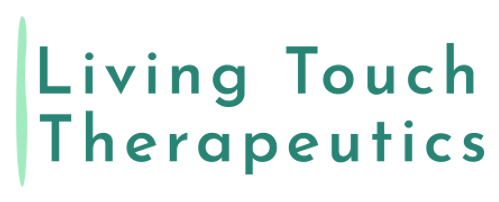Resurrecting the Office Warrior: How Massage and Corrective Exercise Can Help Desk Workers on the Job and at Home
- Benjamin Mishleau
- Dec 26, 2024
- 3 min read
Updated: Jan 22

Most of us spend the majority of our working hours in some sort of office. Attorneys, accountants, information technology technicians, data analysts, and even doctors spend a great deal of their days sitting at a desk behind a computer screen. When we finally manage to get some movement in—whether for a jog or a trip to the gym—we often feel stiff and sore. Many of my clients work at a desk either in an office or at home, and while their complaints vary, there are noticeable trends. Common concerns include headaches, sore neck and shoulders, back pain, leg pain such as sciatica, hip pain, and wrist pain.
Why do desk workers have so much pain?
There is a common phrase making the rounds these days: “Sitting is the new smoking.” Think of the healthiest people you know, and you’ll likely find that most of them lead very active lives. They may work in an office for 40 hours a week, but they make a conscious effort to move regularly during and around their working hours. Humans were designed to move—we feel and function better when we move more.
So, why do office workers experience so much pain? Let’s work from the legs up. When we sit for long periods of time, our glutes (butt muscles) effectively “turn off.” This means they aren’t helping your body maintain proper balance and posture, nor are they assisting with efficient movement. As a result, more pressure is placed on your back to provide stabilization and support, causing your back to become overstressed, tight, and sore. When you lift or carry objects, your lower back ends up taking the strain instead of your glutes, which are designed to handle the load. This often leads to tweaks and pain in the lower back.
Although office desks and chairs are becoming increasingly ergonomic, it is still very easy to hunch forward toward your computer and keyboard. As we hunch, our back muscles lengthen and weaken while our chest muscles tighten, creating a ripple effect that causes upper back pain, neck pain, and headaches. Additionally, unsupported arms—either due to poor posture or improper chair and desk positioning—add further tension to the shoulders, back, and neck. Each part of the body interacts with the others, creating a cycle of pain, stiffness, and muscle imbalances.
How can massage and corrective exercise help?
Medical massage combined with a corrective exercise plan can provide significant benefits for desk workers. During a massage, I focus on muscles that have become shortened in the chest and hips. This helps open up the ribs, realign the spine, pull the shoulders back and down, and lengthen the neck into a straighter position. I then provide exercises to strengthen the lengthened and weakened muscles, such as those in the back and glutes. Together, these approaches realign the muscles throughout the body, reducing pain and improving freedom of movement.
When massage and corrective exercise are paired with improvements to your office ergonomics and a focus on general postural habits, we can make significant strides toward helping your body function better, last longer, and live with less pain.
If you are a desk worker in the Lincoln, Nebraska area and suffer from headaches, neck pain, shoulder pain, or back pain, take charge of your health today. Book an appointment with Living Touch Therapeutics and start feeling and living better.





Comments